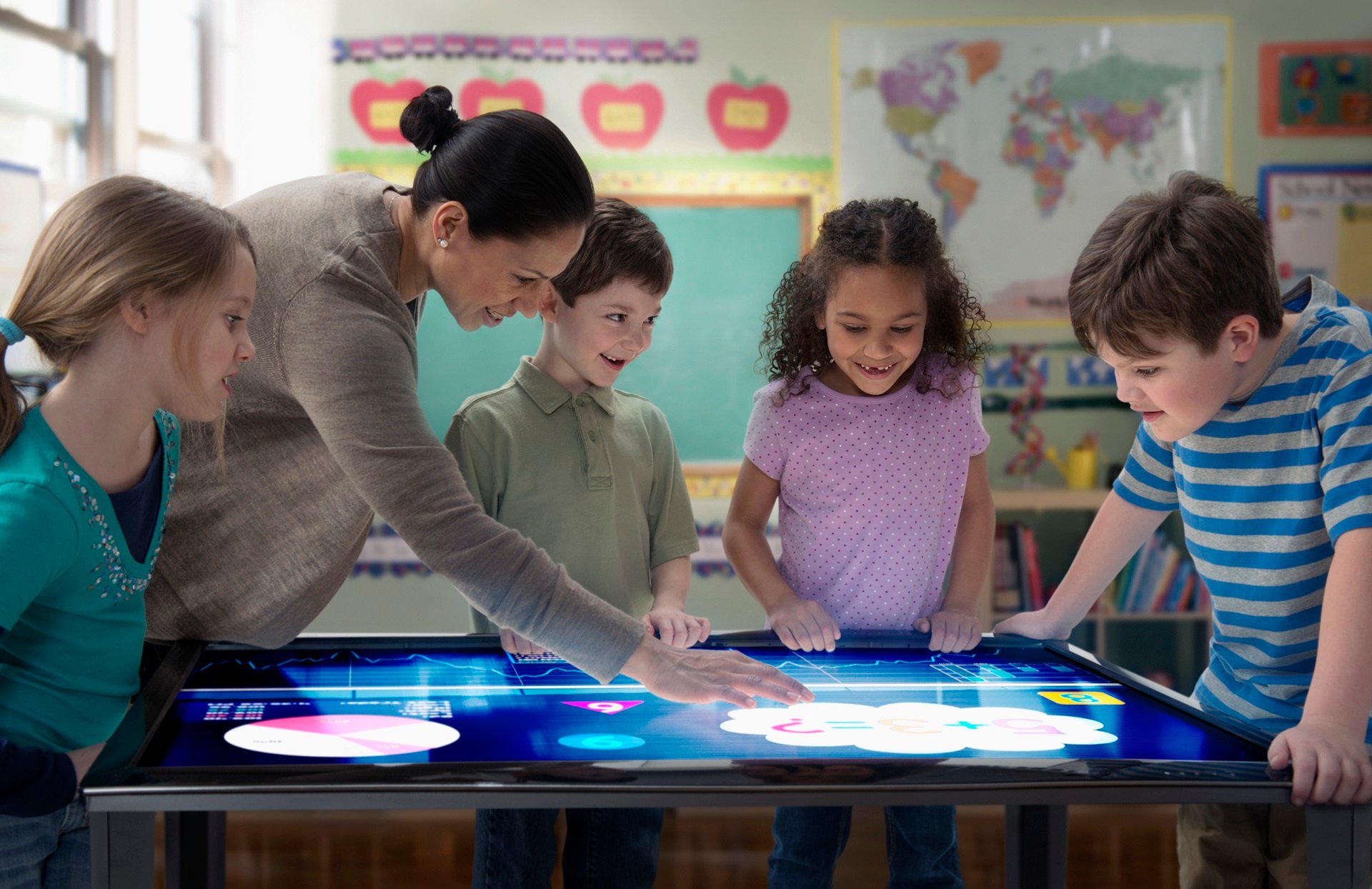By Ellie Gabel

Is artificial intelligence in education the future or a risky new tool for cheating? AI can be a highly beneficial technology for students and teachers alike. When used wisely, it can help kids learn at their own pace or provide valuable support for educators. How can the sector leverage AI to benefit students and teachers without compromising safety or integrity?
Today’s Uses for AI in Education
Education technology has included rudimentary AI tools for several years. Emerging applications get a lot of attention, but the existing uses are also fascinating. There are pros and cons to current applications for AI, though.
Personalized Learning Platforms
The main established use of AI in education is personalized learning. Many educational websites and apps use basic AI and machine learning to tailor users’ experiences based on their activity. This is great for helping students practice different skills or memorize content.
A prime example of current educational AI is Duolingo’s language learning algorithm. Duolingo pioneered the use of AI in personalized language training. It tracks users’ responses to questions and key metrics like questions answered correctly or incorrectly. This data allows the algorithm to adjust course based on individual students’ needs.
Duolingo is a perfect example of the potential positive impact of AI in education. AI can facilitate a high level of flexibility in delivering educational materials without compromising the consistency of the content taught.
Generative A
A new type of AI model has entered the education sector over the past few years: generative AI. The most famous is ChatGPT, which is becoming a controversial tool for students. Generative AI algorithms can produce alarmingly well-written content, raising concerns about cheating and plagiarism.
Surveys show 50% of students aged 12 to 18 report using ChatGPT for school. Additionally, 38% admit to using ChatGPT for schoolwork without getting a teacher’s permission. Schools and universities all over the U.S. are beginning to update their plagiarism policies to include rules limiting AI usage.
Generative AI has the potential to positively impact education, but unfortunately, its negative side effects are taking center stage. AI-generated content remains difficult to detect, making it a challenge to curb the use of ChatGPT for cheating. The algorithm also poses a risk of spreading misinformation to students attempting to use it for research purposes.
Emerging Applications for AI in Education
Educational AI is rapidly evolving, opening up new opportunities for students, teachers and parents. Developments and regulations may help highlight the positive impact of this technology in the classroom.
AI-Powered Tools for Teachers
Teacher assistance tools are among the top emerging uses for AI in education. More schools are understaffed today, making efficiency a top priority for educators and administrators. AI can help them manage large workloads without compromising student-teacher relationships.
For example, AI can power student success monitoring platforms that help teachers track progress and potential issues. AI can autonomously identify students at risk of failing a class or falling behind. Educators can use automated progress monitoring to ensure nothing slips through the cracks.
AI as a Tool, Not a Crutch
AI progress monitoring platforms are a great example of the future of AI in education. The most beneficial emerging applications will leverage it as a tool to complement human skills rather than becoming a crutch.
As education industry leaders have pointed out, the debate over AI is much like the dispute over calculators in the classroom. On the one hand, students will have access to calculators in most everyday and workplace scenarios. However, allowing kids to use them without learning the foundations of math turns a tool into a crutch and diminishes skills and knowledge.
In the years ahead, the education sector will likely see new applications that take tech capabilities like generative AI and package it as a tool suitable for students. Examples could include an AI that edits students’ English essays, algorithms that break down research topics, methods for identifying AI-generated content and more advanced language learning models.
These applications give students and teachers tools that leverage AI’s capabilities without creating an over-reliance on it.
Explainable AI Models
One specific area of concern for educational AI is transparency. The spread of misinformation is among the biggest risks of generative AI for students. Developers and users can’t see how these algorithms make connections and generate content, making it difficult to identify errors and biases.
Additionally, algorithms like ChatGPT are so good at natural language processing that they can make misinformation look indistinguishable from legitimate facts. Students are at a particular disadvantage when spotting false data or claims.
Explainable, transparent AI will be paramount for the future of this tech in education. Next-generation AI models may implement more in-depth testing to weed out misinformation and biases. Fully explainable AI may even allow users to view the algorithm’s “train of thought” to fact-check it.
Protections against misinformation would make generative AI a powerful research tool and study assistant. It simply needs more regulation and development to improve safety and integrity for students.
The Future of AI in Education
There is huge potential for AI in education, but also some serious risks. Developers and educators should focus on using it as a learning tool rather than allowing kids to build an overreliance on this tech. When used wisely, AI can support students and teachers in many ways without diminishing the quality or integrity of education.
Learn more about AI and Robotics resources for the classroom


